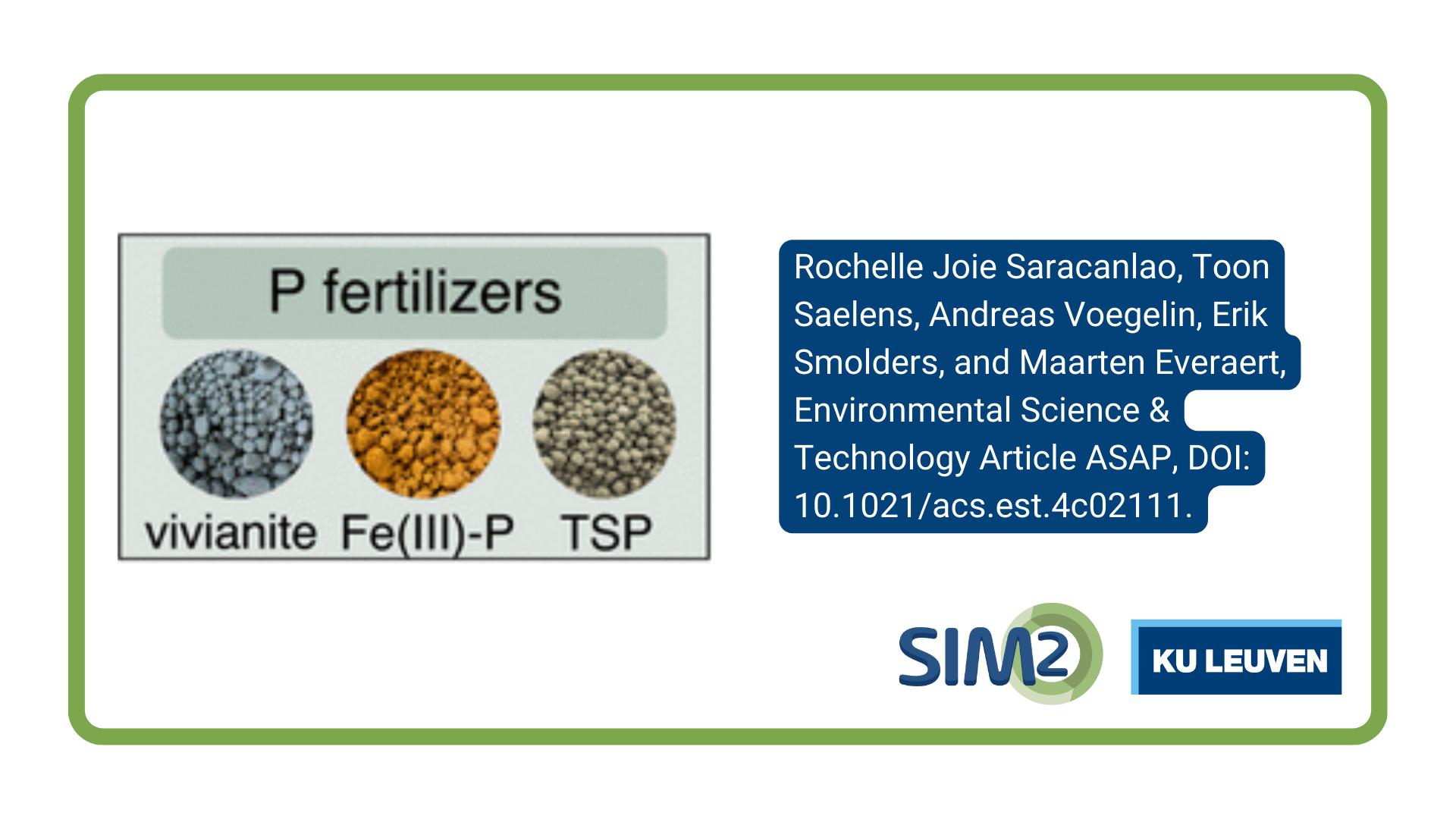Rochelle Joie Saracanlao from KU Leuven’s Department of Earth and Environmental Science, together with colleagues from the same department and the Eawag Swiss Federal Institute of Aquatic Science and Technology have published a new article on recycled iron phosphates as a new phosphorus fertilizer for paddy rice. The article is published in the May issue of Environmental Science & Technology.
The potential of recycled iron phosphates (FePs), e.g., vivianites (Fe3(PO4)2·8H2O) and Fe(III)-rich phosphorus (P) adsorbent materials, as phosphorus fertilizer is limited by the strong interaction between Fe and P. In this study, the efficiency of FePs as P fertilizer was explored by applying them as granules or powder in flooded strongly P-fixing soils (acid and calcareous), thereby taking advantage of increased P release induced by reductive dissolution of P-bearing Fe(III) minerals. First, no P diffusion from granular FeP fertilizers into flooded soils was detectable by the diffusive gradient in thin films (DGT) technique and microfocused X-ray fluorescence (μ-XRF) analysis of thin soil sections, in contrast to detectable P diffusion away from granules of soluble triple superphosphate (TSP) fertilizer. On the contrary, powdered FePs demonstrated an excellent increase in extractable P (1 mM CaCl2) in a 120-day incubation experiment in flooded soils. Second, a pot experiment was performed with rice (Oryza sativa) grown in flooded acid and calcareous soils. The fertilizer value of FePs was remarkable when dosed as powder, as it was even up to 3-fold higher than TSP in the acid soil and similar to TSP in the calcareous soil. The beneficial effect of FeP over TSP in the acid soil is attributed to the slow release of P from FePs, which allows to partly overcome P fixation. The promising results of FePs as P fertilizer applied as powders in flooded soils debunk the generally accepted idea that FePs are poor sources of P while demonstrating the importance of the timing of FeP fertilizer application.
Reference





